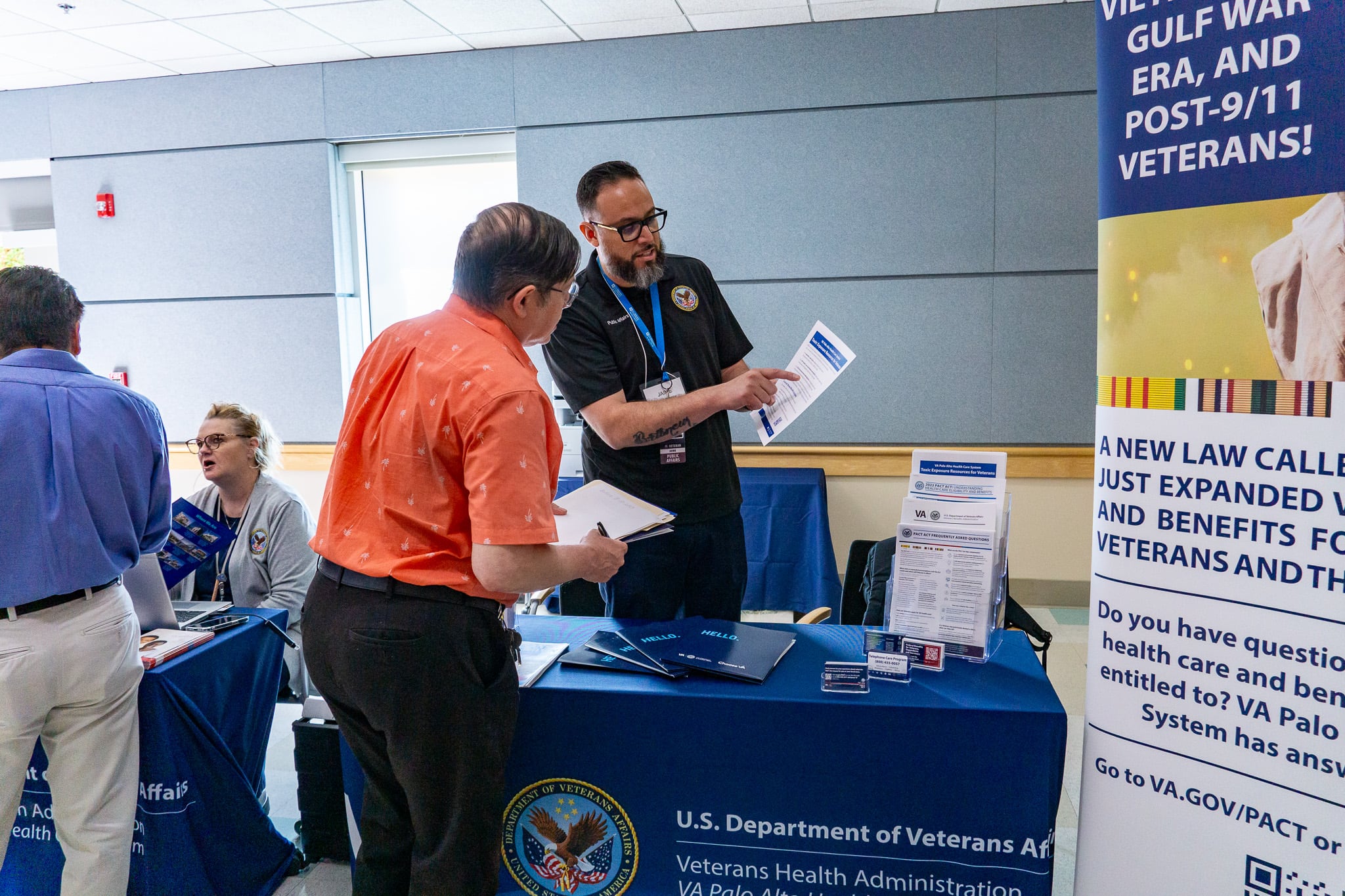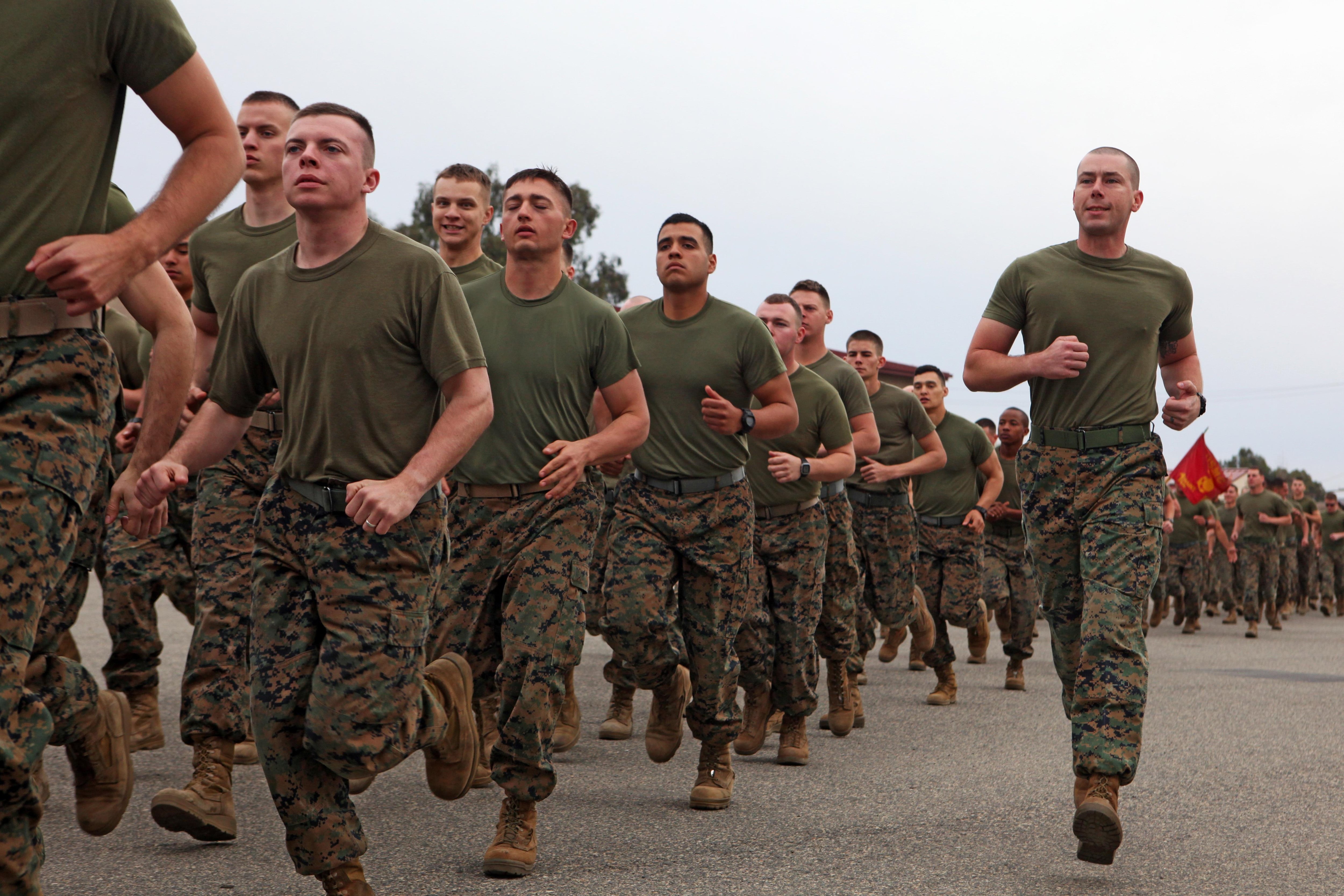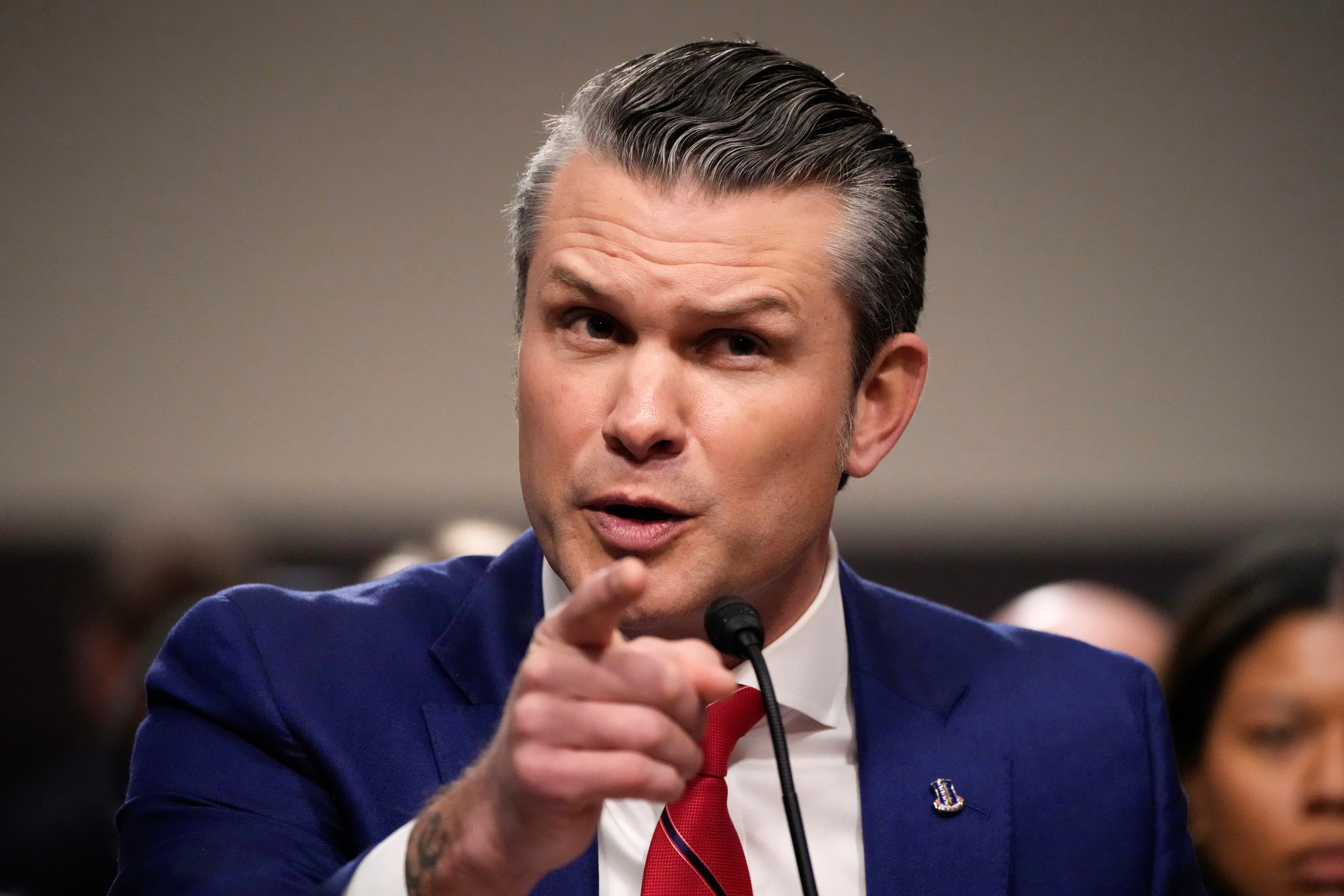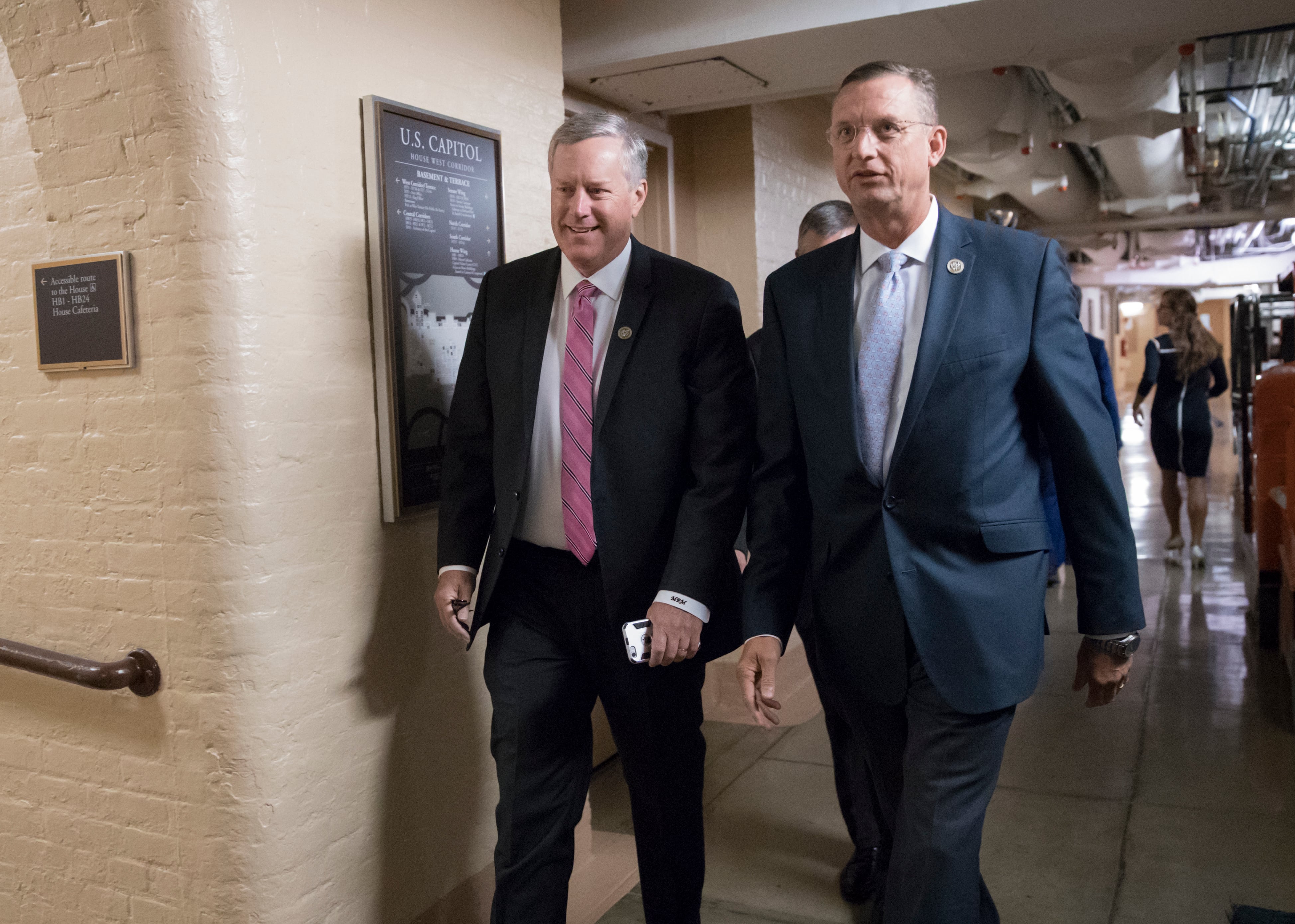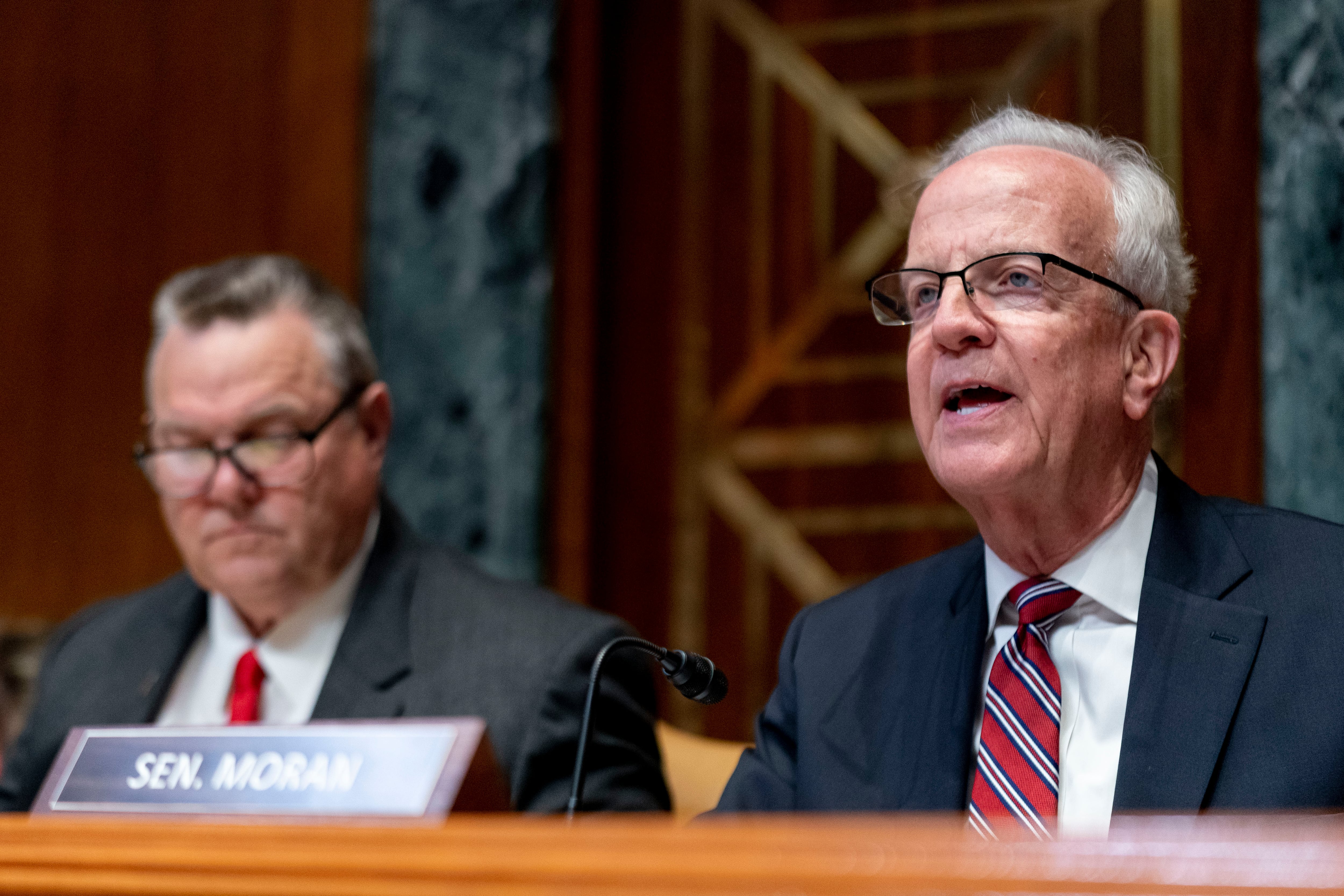source GAIA package: Sx_MilitaryTimes_M6201310309230012_5675.zip Origin key: Sx_MilitaryTimes_M6201310309230012 imported at Fri Jan 8 18:18:11 2016
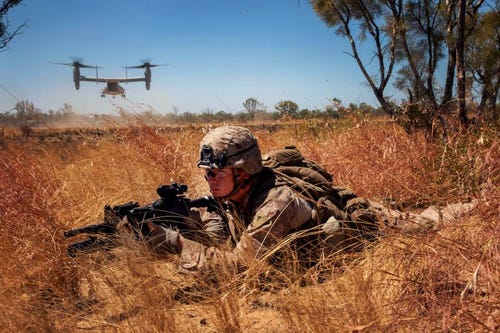 Marines operating in the Pacific have been insulated from the deep budget cuts hitting the rest of the service as the Corps focuses its resources toward the East.
Marines operating in the Pacific have been insulated from the deep budget cuts hitting the rest of the service as the Corps focuses its resources toward the East.
The service is forging ahead with plans to build new training facilities and renew or develop military partnerships with 16 countries, including Russia and India.
By October, three infantry battalions will be deployed at once to Okinawa, Japan, as part of the Unit Deployment Program, said Maj. Gen. Fredrick Padilla, director of operations at Marine Corps headquarters. The program shrank significantly during the wars in Iraq and Afghanistan, but the Marine Corps has been steadily increasing the number of units and squadrons moving into Japan on a rotational basis — an important piece of the shift to the region.
Lt. Gen. Terry Robling, the commander of Marine Corps Forces Pacific, said the arrival of a third infantry battalion will nearly complete the full UDP reconstruction.
The Corps is also on track to push Marines beyond Okinawa and into Guam and Australia in coming years, he said. The service plans to begin construction of a Battle Staff Training Facility on Guam by 2019, and has been testing ranges in Australia in preparation for the arrival of about 1,000 Marines this spring. About 200 Marines and sailors with Lima Company, 3rd Battalion, 3rd Marines, now comprise Marine Rotational Force-Darwin. It's the second Marine company to deploy Down Under.
All this growth and realignment is possible because MARFORPAC has been "largely shielded from the impact of sequestration," Robling said. That became evident in April when the service's proposed budget was introduced. The Corps allocated $4.6 billion to cover future unit rotations to Japan, Australia and Guam, the relocation of two helicopter squadrons from the continental U.S. to Hawaii, and training costs for Marines who will conduct operations in that part of the world.
Despite the budgetary protections, however, working in a region as large as the Asia-Pacific comes with challenges. The rebalance there means thousands of Marines will be on the move, and they'll need aircraft and gear to carry out their far-flung missions. With plans to work with countries from Russia to New Zealand, that requires coordination to move Marines via aircraft or ship.
The shifts are in the right direction for readiness, Robling said, but with so much in the works, it can't all be carried out at once. The command is determining the changes in a "crawl, walk, run" approach, he said.
As the Marine Corps works with Japan to reduce the U.S. footprint in the host country, it's examining when and where to place troops in Hawaii and Guam. About 5,000 Marines are slated to be moved from Japan to Guam, but that's still a few years off. And figuring out how best to do that takes planning and time, Robling said.
"Continuing progress on Guam is contingent on the results of the Guam Relocation Supplemental Environmental Impact Statement," he said. "This Record of Decision for Guam is expected in February 2015."
Robling said his command is excited about developments on Guam because they will provide MARFORPAC with a place to host multilateral training on U.S. soil, which is important to further build relationships with other countries. The Corps is also assessing how best to move Marines from Okinawa to Hawaii, he said. Moving an additional 2,700 Marines there will bring the number up to 8,800.
The 31st Marine Expeditionary Unit also operates in the region, and Col. John Merna, the commanding officer, said having so many Marines around provides a great opportunity for the MEU to team up and train with partner nations. The MEU had the opportunity to link up with MRF-Darwin during Exercise Koolendong '13, a battalion-level training event at Bradshaw Field Training Area, in the remote Australian outback. About 750 Marines and sailors from the 31st MEU joined 150 Marines with MRF-Darwin and 100 Australian troops for the exercise, which wrapped up Sept. 9.
With the Corps planning to boost the number of Marines in Australia fivefold in coming months, the exercise helped commanders identify the advantages and limitations of the training field, Merna said. They found that its location, about 200 to 300 miles inland from the shallow waters of the Coral Sea coastline, makes the training area best accessible if a Marine air-ground task force is available to help transport Marines.
"It's very austere," Merna said. "Any time you can go into a training area that's an established training area, it'll be more useful and effective. So more facilities, harder structures, communications — things that are more permanent — [would be] helpful."
A challenge in the Northern Territory — and the reason Marines have only been training there half a year — is that much of the training center is underwater during the rainy seasons, he said. So adding more permanent structures would have to be done with care.
Teaming with the rotational force there provided an excellent opportunity for the MEU, which will remain the region's primary crisis response force, to train with other Marines and a partner nation. That's something Merna hopes will continue as more Marines are forward-deployed and partnering with countries across the Asia-Pacific region.
"As engagement opportunities increase because we have more unit deployment forces in the region, they'll be able to address more countries in the region, which we haven't been able to in the past because of deployments in the Middle East," he said.
Robling identified at least 16 nations in the region that have expressed an interest in partnering with the Corps for disaster and humanitarian relief exercises, crisis-response training or other training. They gain from the Corps' expertise, but the Marines also profit from the ability to work with such a diverse group, he said.
"Each nation's military possesses different capabilities and capacities to respond to these crises, and they understand they need to train so they can rapidly respond when needed," Robling said.
The scale of the exercises and partnerships will vary, he said. Some partnerships will be based on small exchanges between subject-matter experts. Other partnerships, like that with the Philippines, could result in short-term Marine training rotations.
U.S. and Philippine officials met in July to discuss strengthening an already tight military partnership to counter China's rise as a major regional power. The talks centered on an "access agreement" to allow the U.S. to temporarily base Marines and sailors at Philippine military facilities. Navy ships would be allowed to dock in Subic Bay, the former U.S. naval base that was closed in the early 1990s. That could give the U.S. door-step access to the contested South China Sea.
There are no plans to base Marines in the Philippines on a permanent basis, Padilla said, but they will visit the country more often on regular rotations. Across the region, the demand to work with the Corps will continue to be high, Merna said.
"There's no shortage of opportunity for work for Marines who come out to the Pacific," he said.

